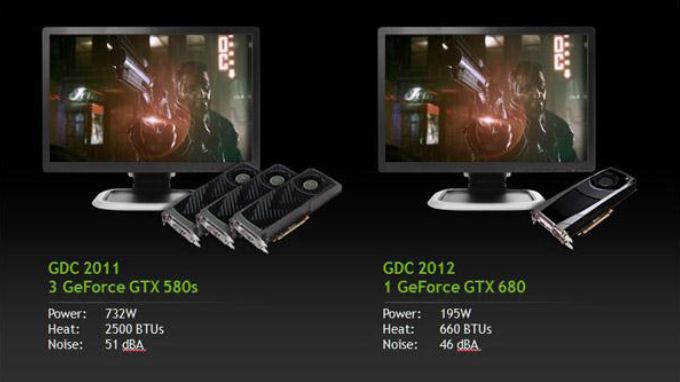But at this stage we can reasonably assume they are not powerful enough to run UE4 outright as opposed to a Kepler card. Don't get me wrong I hope the consoles are as powerful as they can be but my faith in them is not 100%.
I don't think we can assume anything regarding next gen consoles and UE4, we just don't know enough.
Seeing all the issues Epic ran into UE3 early this gen, it's equally possible they want to make sure everything is done and ready with UE4 before releasing it into the wild.
IMO we should wait for more info before assuming anything.
Charlie just released picture of four IMB Power7+ chips conneted over one interposer.This would be perfect for X720.
http://semiaccurate.com/2012/03/21/ibm-power-7-spotted-and-it-is-a-monster/
As it's already been said the chip looks huge, but I'd still like to see it in a console.
Last edited by a moderator:

